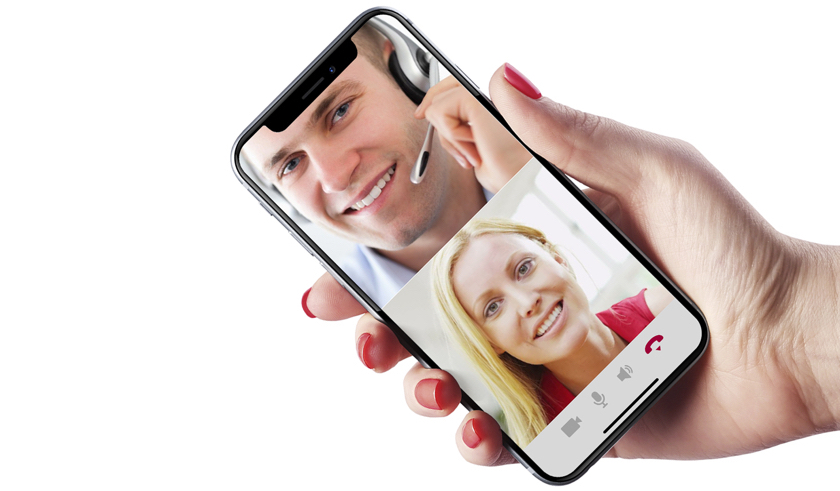Face-to-Face Video Banking
When I opened my bank account back in the early 90's, I did it at the local branch and was introduced to my personal banker. Today, it's very difficult to get in touch with a banker. When you open a bank account you do it online, and receive a new username and password.
Personal relationships. It seem like we've lost them with online banking. If you're stuck or have questions about products, savings, interest rates or investment options, you'll have to dig those up yourself on the bank's website or, god forbid, call your bank. You'll then need to interact with an automated answering service and hold the line before getting to a banker, felsh and blood.
Luckily, this is starting to change.
Enter face to face video banking
In 2017 we helped Belfius Bank of Belgium to integrate video chat into their mobile banking application Belfius Mobile. The video infrastructure was provided by Vidyo and the integration was done by our team. To me, this felt like a turning point in banking services.
Video has the potential to bring back personal relationships to banking. Customers can now contact their banker directly from the mobile app and have a quick face-to-face interaction. To the bank, the cost of providing such a service is a fraction of maintaining physical branches. It's a true win-win situation and a potential game changer for many banks.

How video banking works
The integration at Belfius focused initially on building a dedicated app for video chat, Belfius Connect, which lived alongside the mobile banking app. The user requested a call back from a banker in the mobile banking app and received a push notification when a banker became available. Tapping on the push notification then launched the dedicated video chat app.
The UX of the video chat app itself was straight forward. The user journey looked like this:
App launch > Pre-call > In-Call > Post-call
Since launching the video chat app always happened from either a push notification or an invite link, the app would immediately join the call with no further input from the user. We used deferred deep linking, to handle cases where the user did not have the the app installed on the device when accepting a call from a banker. The deep link redirected the user to the AppStore to install the app, and, once installed, join the call automatically upon launch.
The latest version of Belfius video banking integrates video chats directly into the mobile banking app. A library we've recently developed, called VidyoCore, makes this integration ultra-simple for the mobile banking app developers. The library is built on top of Vidyo tech stack and is available for iOS and Android.
With video chat integrated into the mobile banking app, a customer can have a call with the banker whilst using the mobile banking app. This is enabled using Picture in Picture (PiP) mode.
Picture in Picture
One of the key features we've integrated into the VidyoCore is PiP (Picture in Picture). Using PiP, the mobile banking customer can continue to use the app while on a video call with a banker. The banker's video feed is rendered in a small frame at the bottom of the screen while the app is in the foreground.
The key advantage of PiP is screen sharing. During the call, the application's UI may be shared with the banker. This facilitates support and helps the banker guide the user through the application flow, if required.
PiP brings video into existing apps in a subtle but powerful way. It augments the user experience and improves customer support dramatically, without taking center stage or dilluting the application's focus.
Business impact
Banks and financial institutions who integrated video banking are reporting an increase in sales as well as customer satisfaction. BluCurrent a credit union located in Springfield, Missouri, reported 25% increase in cross-sales of products after placing video-enabled, private banking services in each of its three physical branches. Other banks who have recently introduced video banking are Barclays and RBC.
Vidyo has recently published this research on video banking, which surveyed 232 bankers in 63 countries. According to the research, 80% of banks are planning to roll out video banking in the future in order to increase customer satisfaction, be perceived as innovative and to enhance the digital experience of their customers.
Subscribe to 100grams Blog
Get the latest posts delivered right to your inbox

